You should understand the differences between various four-wheel-drive (4WD) and all-wheel-drive (AWD) offerings (and everything in between), so that it will be much easier when you buy the next ride.
Know Your Terms
Torque, Traction, Wheel Slip and Traction Control
Loosely speaking (in automotive terms), torque is the twisting force produced by a car’s engine. Torque is multiplied and split up between wheels by various gears in the transmission and differentials, which send torque from the driveshaft or transmission to the drive wheels. Applying torque to the wheels is what moves your car from A to B; granted, there’s a force — a.k.a. friction — that prevents your tires from simply slipping along the road. That last bit is important, because it illustrates the relationship between friction, traction and torque. Friction is required for traction, and traction is required to harness torque. The most powerful engine in the world won’t move you an inch if your tires lack traction. Wheel slip results when the torque applied to a tire exceeds its available traction (often, at red-light drag races).
Traction control is one innovation that has helped limit tire slip in modern vehicles — even the two-wheel-drive variety. This technology leverages the same sensors used by anti-lock braking systems to measure wheel speed and determine whether any wheel under power has lost traction. Remember, if the amount of torque sent to a wheel exceeds the friction it has with the road, it’ll slip. By braking select wheels when slipping is detected, these systems can limit the amount of torque sent to a wheel and reduce wheel slip in the process. In certain cases, reducing engine power to slipping wheels is also required to get things under control. Traction control systems are unquestionably beneficial, but it’s important to remember that they only work to prevent wheels from spinning and can’t actually increase traction. That’s where 4WD and AWD come in.
Open Differentials
Before diving into the benefits of pushing power to all four wheels of a vehicle, it’s important to first understand how the two-wheel-drive systems found on most cars work and where they fall short. When a vehicle is in motion, its wheels rotate at different speeds when making turns. This is because the inside wheels travel a shorter distance during a turn than the outside wheels. The front wheels and back wheels likewise travel at different distances and speeds in turns. This simple fact of physics poses a problem for wheels under power from the engine, since the left and right wheels are linked together by an axle so that the car’s engine and transmission can turn both together. A differential is a type of gearbox found on front and rear axles that deals with this issue by supplying power to a set of wheels while still allowing them to rotate at different speeds.
The differential found on basic two-wheel-drive vehicles is known as an “open differential,” and it distributes power across both wheels following “a path of least resistance”. This design is highly effective on typical surfaces like dry pavement, but it can result in real problems on poorer road conditions. For example, if one wheel on an axle hits a patch of ice while the other remains on dry pavement, an open differential will direct all available power down the path of least resistance, which in this scenario is the wheel with the least amount of traction. The additional torque applied to this wheel results in wheel slippage. Getting moving in these cases involves a sore back until both wheels on the axle gain traction again.
Part-Time 4WD
There When You Need It, Not When You Don’t
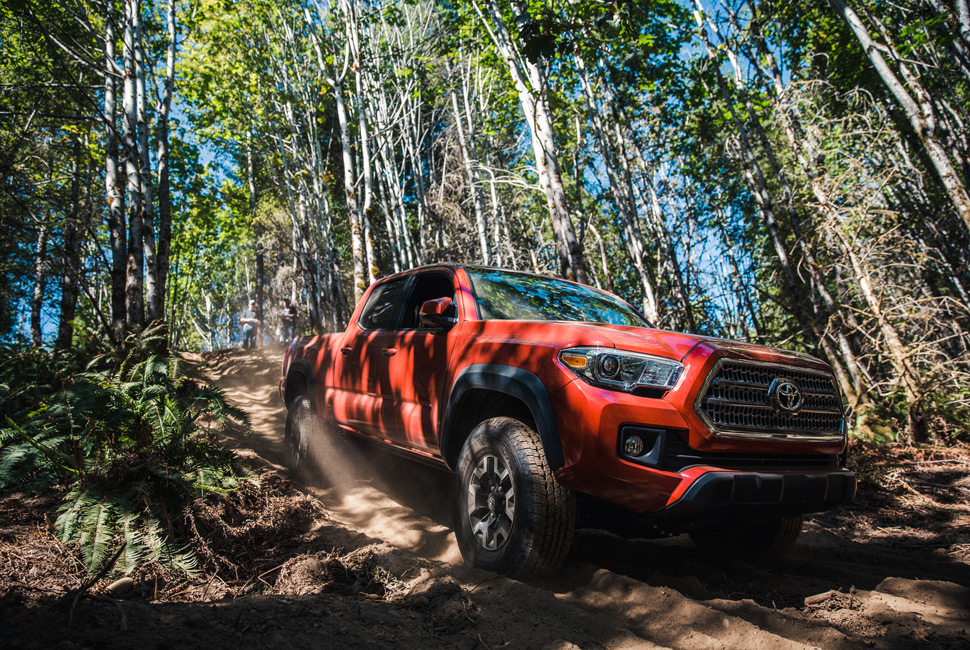
Though the name might seem counterintuitive, Part-Time 4WD is a feature found primarily on SUVs and trucks designed to handle demanding off-road environments. Unlike Full-Time 4WD or some all-wheel-drive solutions, these systems allow drivers to normally operate the vehicle in 2WD during everyday driving scenarios (which is more fuel efficient and puts less wear and tear on the vehicle), or switch into either a 4WD high or a 4WD low gear for particularly bad traction scenarios via a selector switch. The presence of a 4WD low gear, combined with a more basic design and implementation, generally makes Part-Time 4WD a superior option to AWD alternatives when really veering off the beaten path — granted a driver knows what they’re doing.
4WD mode works in the simplest terms thanks to a dedicated transfer case, which splits the power between the front and rear axles. Specifically, it locks the front driveshaft to the rear driveshaft, forcing equal amounts of torque from the engine to both axles, causing the front and rear axle of a car to rotate at the same speed. This provides greater traction to drivers, since it ensures power will continue to flow to the wheels on an axle with traction should wheels on the other axle slip. By the same token, though, switching back to 2WD on normal road conditions is critical to prevent potential damage from a condition known as “drivetrain binding” — when a vehicle’s axles cannot rotate at different speeds to accommodate the different distances wheels travel during events like turning.
There are several other innovations beyond simply sending power to all four wheels that enhance many Part-Time 4WD vehicles’ traction abilities by solving the woes of open differentials. A limited-slip differential or LSD (not that kind, you Deadhead) is one such solution that automatically directs some available power to the path of more resistance (a.k.a. the wheel that’s not slipping) to provide grip on poor roads, and it works in the background without any input from the driver. But it doesn’t prevent wheel slippage entirely.
So-called automatic limited-slip differentials (A-LSD), also known as electronic limited-slip differentials (e-LSDs), are activated by drivers via a button or switch and provide the same traction benefits as a typical LSD using a different methodology, with a few notable enhancements. Instead of relying on clutches to evenly distribute drive-wheel power, these systems rely on the automatic intervention of the braking system to transfer power between the wheels. But unlike basic traction control (mentioned earlier), A-LSDs also don’t require a reduction in engine power to work and can shift power back and forth from the left and right wheels as each wheel’s level of traction varies.
Locking differentials kick things up a notch further by allowing users to manually activate a locking mechanism inside the differential. A locked differential forces each wheel on an axle (vs. just the axle, as is the case in basic Part-Time 4WD) to rotate at the same speed, no matter their tractional differences, which gives a wheel that may have more traction a better chance of freeing the driver from a slippery situation.
PART-TIME 4WD:
PROS
Gives traction when needed, while switching to 2WD improves fuel economy and reduces wear on the drivetrain in normal conditions.
Since it’s generally less complicated and of an older design from an engineering standpoint compared to other systems, it’s easier to build and therefore less expensive, lowering initial purchase cost. Its simplicity also tends to make it more rugged.
In extremely difficult terrain, drivers can engage an extra-low 4WD gear for improved torque.
LSDs, A-LSDs and locking differentials act as the ultimate trump card in poor conditions by better directing engine power from “wheels that slip, to wheels that grip”.
CONS
Doesn’t provide extra traction and handling improvements in everyday driving situations.
A driver has to actively turn on 4WD to take advantage of it and remember to turn it off after.
Creates the potential for uneven tire wear.
Full-Time 4WD
Convenience and Power
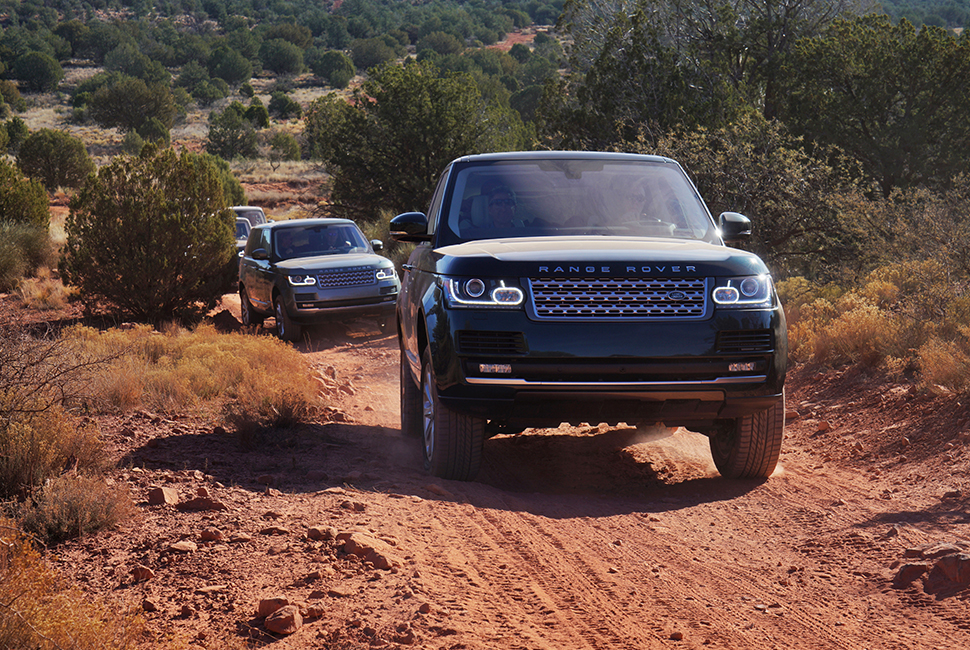
“Full-Time” means some portion of the engine’s power is spread across each of the wheels, all of the time. These systems are becoming increasingly popular in SUVs and unlike the Part-Time 4WD systems mentioned above, they eliminate the risk of drivetrain binding thanks to a center differential, which allows each of the vehicle’s axles to receive at least some amount of power at all times and still rotate at different speeds during a turn. While Full-Time 4WD systems are convenient (since all of the wheels are always under some degree of power without any action from the driver), they still have faults. Fuel economy naturally takes a hit, and there is inherent wear on the drivetrain. Just like a blustering high roller in Vegas buying drinks for any female in a 30-yard radius, Full-Time AWD continues to shower each of the wheels with some portion of power, even those with zero chance of gaining traction.
Some center differentials boast a locking feature to partially overcome this problem, which splits engine power equally between the front and rear axles (not the wheels, as with a locking differential on Part Time 4WD vehicles mentioned above). A Full-Time 4WD car with a locked center differential thus behaves in many ways like a Part-Time 4WD vehicle in 4WD.
A Torsen limited-slip center differential does an even better job of putting power where it’s most needed in Full-Time 4WD vehicles. It features a unique gearset that locks if it senses a torque imbalance between a vehicle’s two axles and then transfers power to the axle with traction. The particular ratio of power that a Torsen can shift between the front and rear axles varies. In the case of Toyota’s vehicles, it can direct up to 53 percent of available engine power to the front axle if the rear starts spinning. If it’s the front wheels that are spinning on the other hand, up to 71 percent of all engine power can shift to the rear axle to get you and backseat full of sugared-up kids out of a jam.
FULL-TIME FOUR-WHEEL DRIVE
PROS
Gives drivers added traction and improved handling in all driving situations, without the risk of drivetrain binding.
It’s always on and doesn’t require any action from the driver.
Systems equipped with Torsen center diffs are the ultimate solution for putting engine power where it’s needed most, lowering the risk of getting stuck even further.
CONS
It’s less fuel efficient and puts more wear on a vehicle’s drivetrain.
Often requires advanced drivetrain equipment that can increase initial vehicle cost relative to more basic 4WD systems.
They’re generally more prone to damage compared to simpler, more rugged Part-Time 4WD systems.
Full-Time 4WD Multi-Mode
A Chance for Compromise
Full-Time 4WD Multi-Mode systems can operate in Full-Time 4WD mode, just like other Full-Time 4WD systems. Drivers have the added bonus, though, of switching to 2WD when additional traction isn’t necessary. This system is generally harder to find, and is usually only used on higher-end SUVs.
FULL-TIME 4WD MULTI-MODE
PROS
Gives drivers added traction and improved handling in all driving situations if desired, but it can be turned off should fuel economy and drivetrain wear be a concern.
CONS
Often requires advanced drivetrain equipment that can increase cost relative to more basic 4WD systems.
They’re generally more prone to damage compared to simpler Part-Time 4WD systems and more expensive compared to regular Full-Time 4WD systems.
Available on only a limited number of typically lower-powered vehicles.
AWD
With Great Power Comes Great Distribution
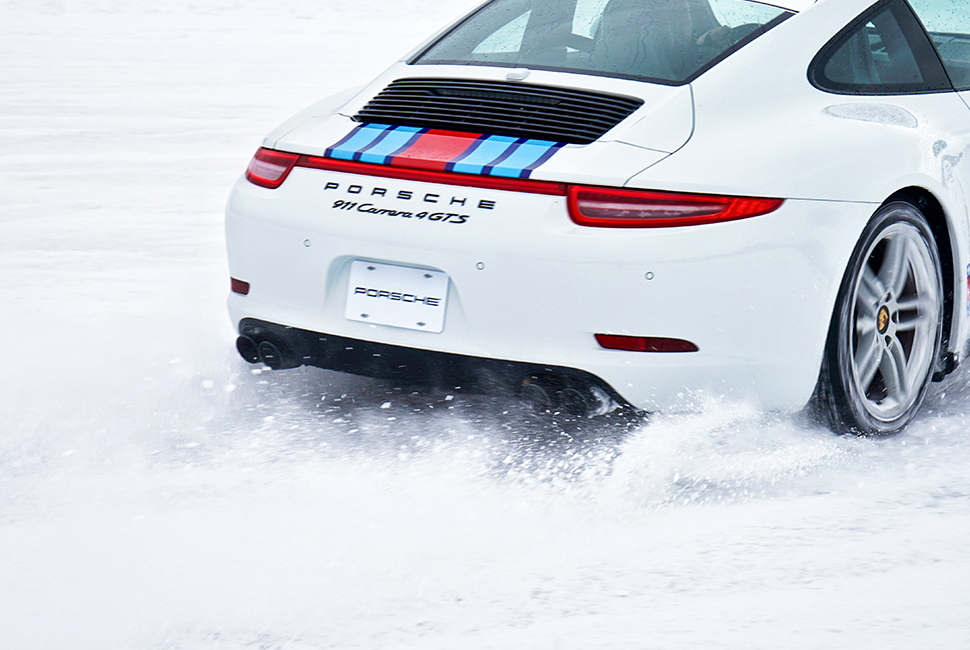
The most basic definition of an all-wheel-drive vehicle is one that can send some percentage of engine power to the non-primarily powered wheels when needed. (Today, this is an oversimplification for most new cars driving off of the lot, but we’ll go with it for clarity’s sake.) AWD systems were originally made popular by European sports cars in the ’80s after drivers found their added road grip boosted handling. The most basic implementations are usually found on front-wheel-drive cars, though this is far from being always the case.
Today, AWD is available on all kinds of vehicles and offers many of the benefits provided by more traditional 4WD systems. But this isn’t a “Potato” “Po-tah-to” situation, and they aren’t the same thing. Mechanically, AWD systems incorporate a front differential, center differential and the transfer case into one compact component, which makes it more suitable in smaller, lightweight vehicles with lower levels of ground clearance. Despite the word “all,” cars with basic AWD still typically send the majority of power only to one axle. For example, in the case of the Porsche 911, only 5 percent is typically pushed to the front axle while 95 percent is directed to the rear. In these cases, a series of sensors monitor wheel slip and automatically shift power to wheels where there is no slippage, without any action need from the clueless driver screaming T-Swift at the top of their lungs.
The best AWD systems leverage software and wheel sensors to detect wheel slip as fast as possible. They then react by activating traction control to reduce or eliminate wheel slip while re-routing engine torque to the wheel with the best grip on the road. AWD with dynamic torque control found on cars like the Toyota RAV4 are a riff on this theme and utilize an electro-magnetic coupler or (ECU). During normal driving, the RAV4 defaults to front-wheel-drive for improved fuel economy while still sending power to rear wheels during turns for improved cornering and driving performance (up to a maximum of 45 percent rear and 55 percent front torque distribution.)
Lock mode, on the other hand, essentially acts like Full-Time FWD on the RAV4 at speeds below 25 MPH by directing 50 percent of engine power to the rear wheels. Sport Mode provides smoother torque transfers between the front and rear wheels to improve steering by maximizing the traction of each wheel. Braking in a straight line is also enhanced in this mode by stopping torque to the rear wheels, allowing ABS and vehicle stability control to work unmolested.
While it’s somewhat of a sweeping statement, AWD systems generally excel at “all-weather” driving, not “all-terrain” driving.
ALL-WHEEL-DRIVE
PROS
Gives drivers added traction and improved handling in all driving situations if desired.
It’s always on and doesn’t require any action from the driver.
Available on a wide range of vehicles beyond trucks and SUVs.
CONS
Lack of a transfer case means engine torque cannot be geared down to a very low range for rigorous off-roading.
Compared to other systems, it’s less adept at pinpointing power to the wheels that grip vs. the wheels that slip.
Real-World Performance
Find the Right System for You

Understanding the science and engineering behind each of these systems is informative, but no amount of book smarts can replace a test drive to discern what system is right for you. Our recent experience with Toyota’s entire cross-over and SUV lineup in Breckenridge made it abundantly clear that competent drivers armed with even basic AWD can comfortably navigate less-than-ideal road conditions — and we didn’t even follow a cardinal rule of using snow tires. AWD cars can manage the slushy terrain to the local Starbucks just as competently as the mighty Canyonero and save fuel in the process. In short, justifying the expense of Full-Time or Part-Time 4WD over more basic AWD options simply as a necessity for “surviving” your neighborhood makes much less sense than it used to.
There are obviously adventurous lifestyles and harsher environments where owning a more robust system is a reasonable investment, though. The 4WD solutions found on true SUVs (your Aztec doesn’t count) are all capable of pushing drivers well beyond the paved safety of Main Street. But while their advanced drivetrain systems and various enhancements like Hill-Start Assist Control (HAC), Downhill Assist Control (DAC) and Crawl Control are taking more of the hassle out of going off road, they should never override common driving sense. Driver experience and competence is still the biggest single factor in avoiding disaster. No option package or a decal on the bumper will ever change that fact.
Some point out that when it comes to buying a car, it’s hard to put a price on the single moment where a good traction system could save your bacon from a bad situation — and for the most part, we’d agree. You can’t put a price on safety, but shelling out isn’t a get-out-of-a-ditch-free card either. Your first concerns should center around driving ability, size, fuel efficiency and creature comforts. Only once the field is narrowed should you consider the various drivetrain options available and start the honest conversation of “Is it worthwhile?” No matter what you wind up picking, our advice is to study up on good winter driving skills, focus on regular maintenance, and work on improving your decision-making behind the wheel first. After all, at the end of the day, it’s the man behind the machine, not the other way around.
>
>
Related posts:
No related posts.
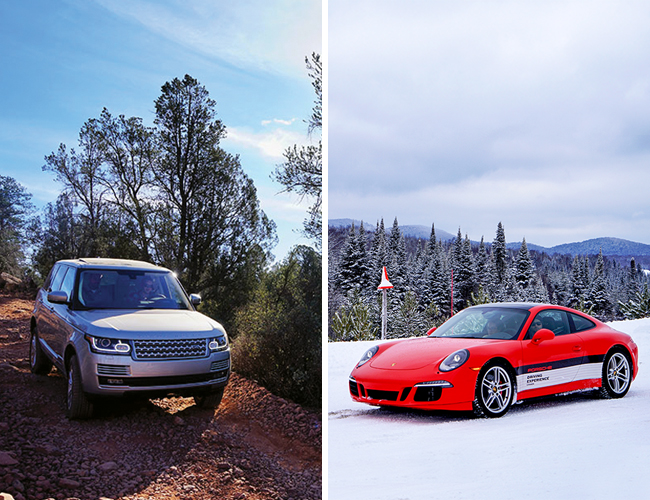
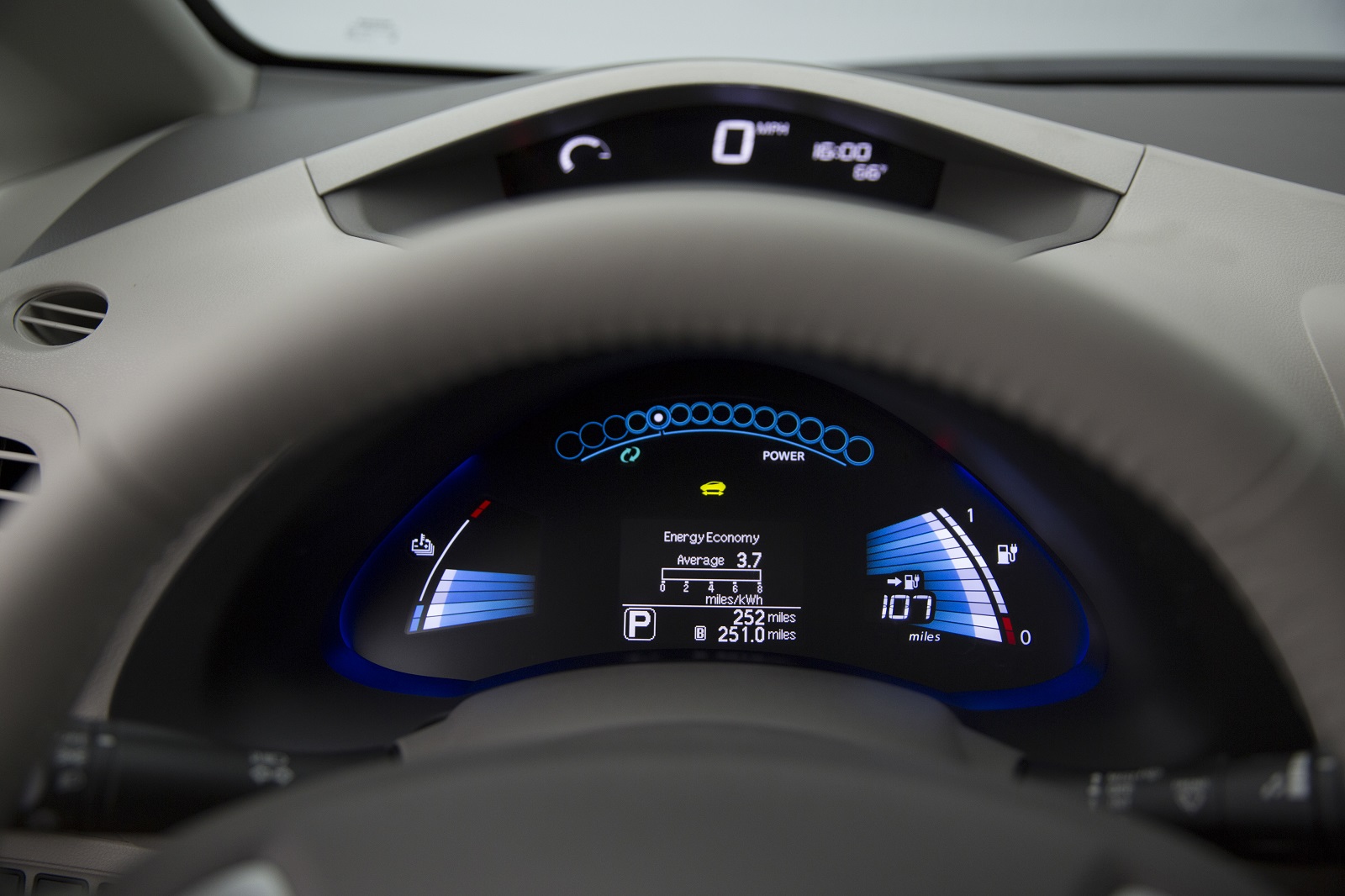
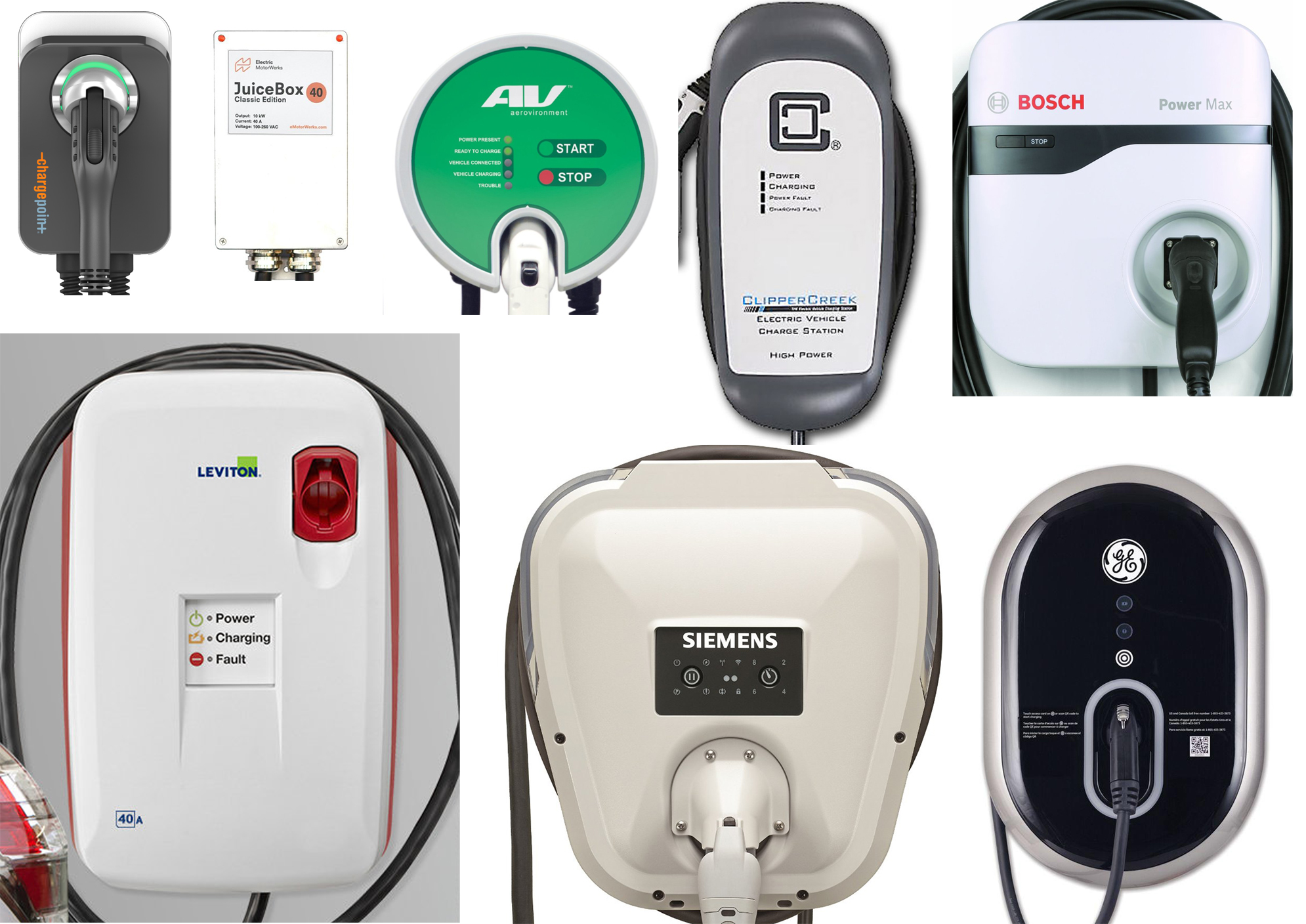
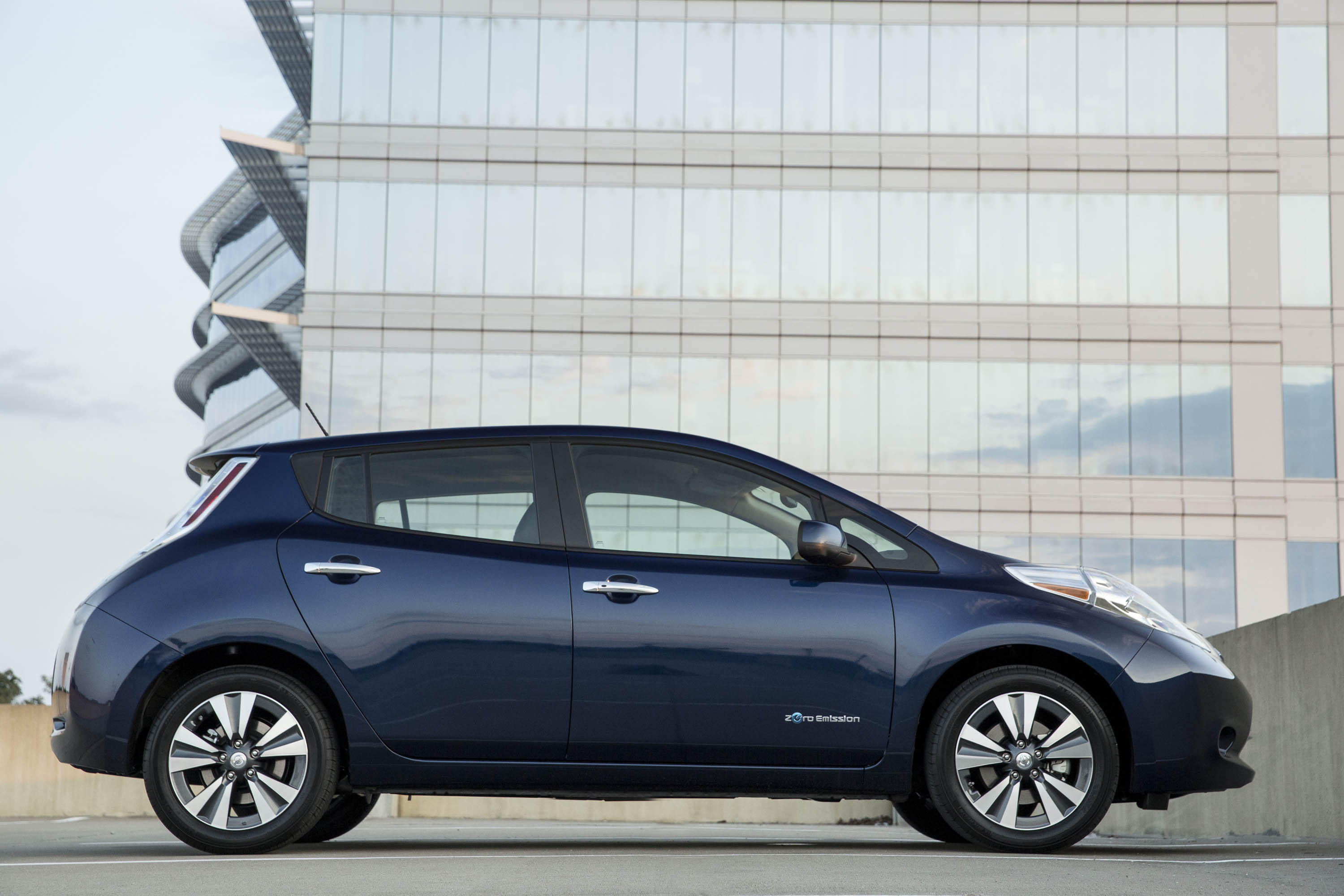
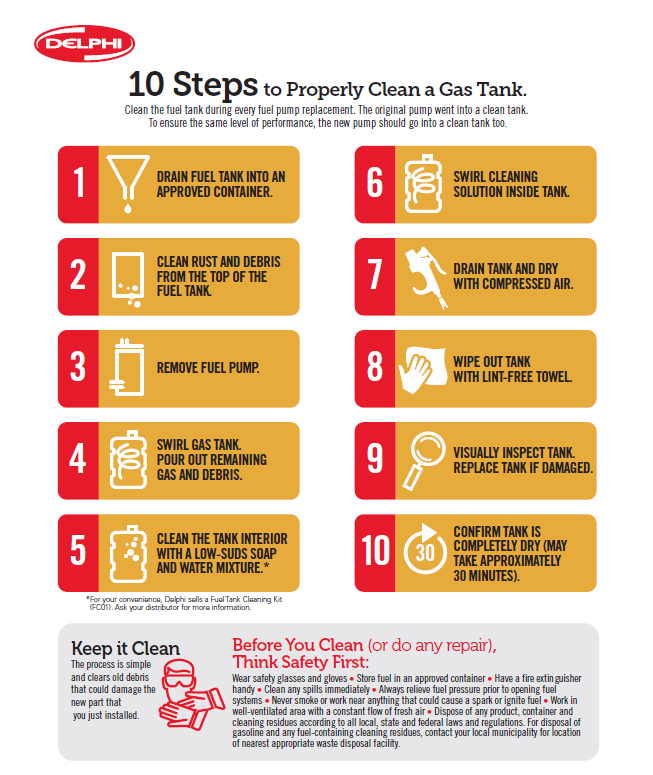
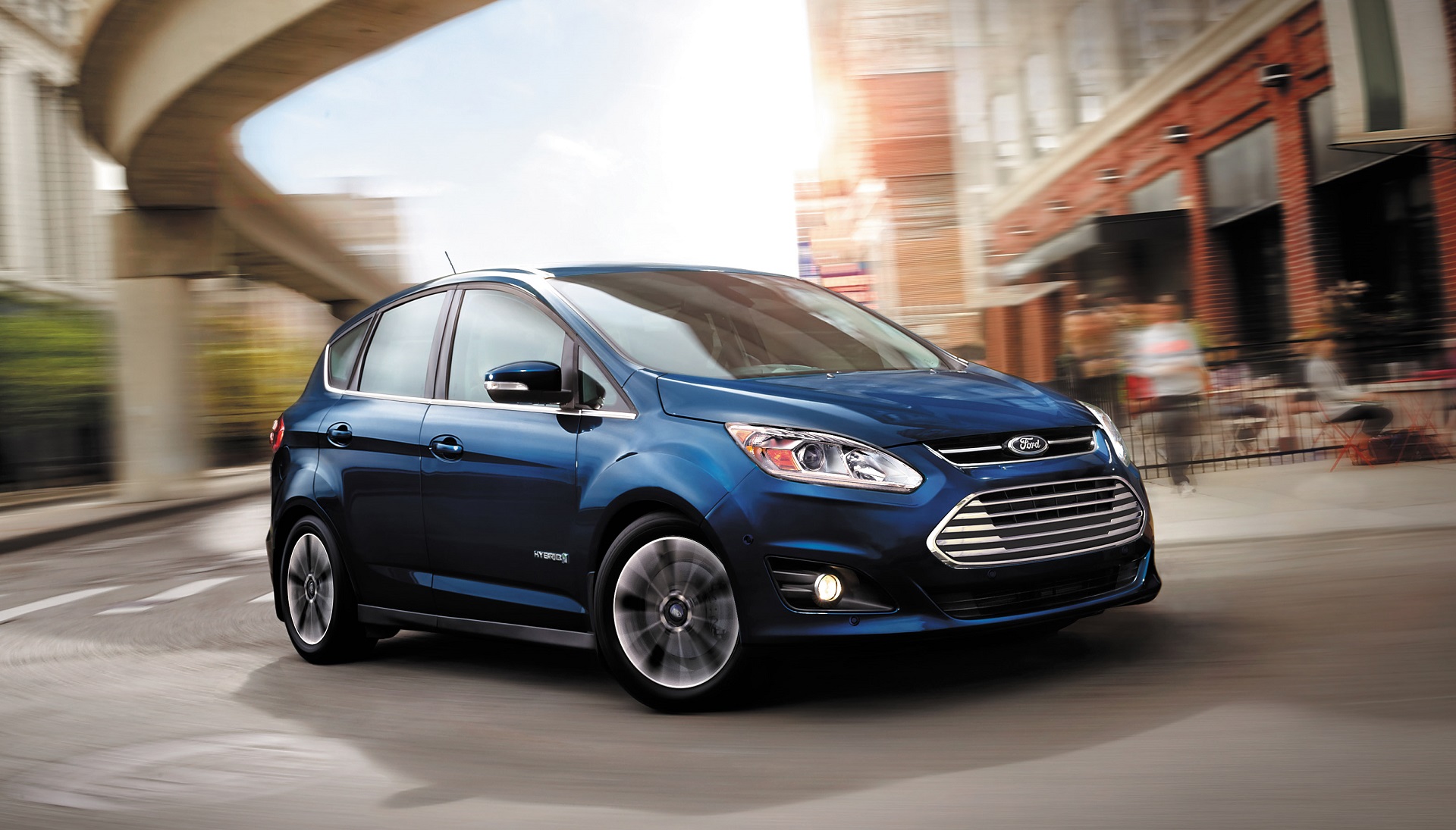
Recent Comments